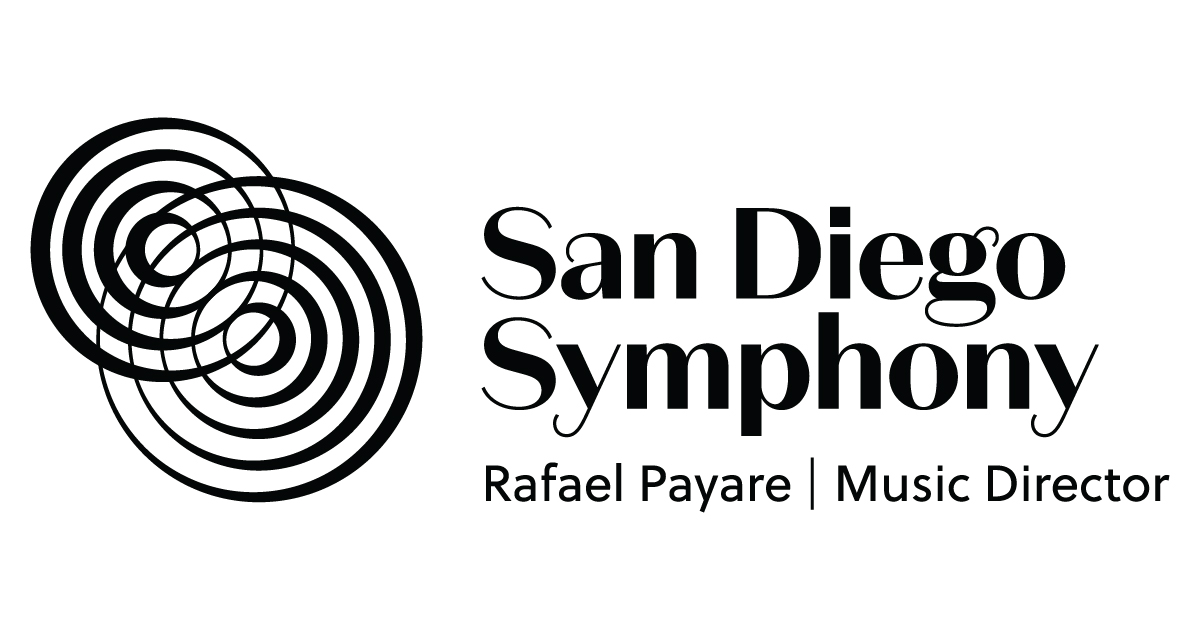Biss Plays Beethoven
Bernard Labadie, conductor
Jonathan Biss, piano
San Diego Symphony Orchestra
MOZART: Overture to Die Zauberflöte (The Magic Flute), K. 620
BEETHOVEN: Piano Concerto No. 1 in C Major, Op. 15
MOZART: Overture to La clemenza di Tito, K. 621
HAYDN: Symphony No. 103 in E-flat Major, Paukenwirbel (Drum Roll)
Bernard Labadie marks his first performances with the San Diego Symphony Orchestra in this program of life-affirming energy, grandeur and strength with works by three giants of Western classical music, all written in the influential last decade of the 18th century. A pair of glorious and masterful operatic overtures open each half of the program, both written by Mozart within weeks of one another in the fall of 1791, and just a couple of months before his untimely death. Beethoven’s first piano concerto is performed by Jonathan Biss (“one of today's foremost Beethoven exponents” – Chicago Tribune), and the program closes with Haydn’s Symphony No. 103 – his second to last – nicknamed the “Drum Roll” for its powerful and mysterious opening.
Come enjoy a pre-concert talk covering highlights and backstories of this program, one hour before concert-time.
Guest speaker for this weekend: Eric Smigel, SDSU Professor of Musicology.
Ace Parking has provided a DEDICATED JACOBS MUSIC CENTER PARKING PRE-PURCHASE PAGE for upcoming events at JMC.
Beethoven's Piano Concerto No. 1
Composed: 1798
Length: c. 35 minutes
Orchestration: flute, 2 oboes, 2 clarinets, 2 bassoons, 2 trumpets, 2 horns, timpani, strings, and solo piano
In one of the most famous remarks in the history of music, Brahms spoke of the difficulty of following in the shadow of Beethoven: “You have no idea how the likes of us feel when we hear the tramp of a giant like him behind us.”
Beethoven, though, had a few ghosts of his own to contend with. One of them was the specter of Mozart’s piano concertos, for Mozart had raised the piano concerto from a mere entertainment vehicle to the sophisticated and expressive form in which he composed some of his greatest music, and Beethoven recognized that any concerto he wrote would have to meet that standard. After hearing a performance of Mozart’s Piano Concerto in C Minor, Beethoven turned to his friend Johann Baptist Cramer and despaired: “Cramer! Cramer! We shall never be able to do anything like that!”
Beethoven had arrived in Vienna in 1792, the year after Mozart’s death, and quickly established a reputation as a virtuoso pianist. It was expected that the young composer-pianist would write concertos for his own use in Vienna, but – all too conscious of Mozart’s example – Beethoven struggled with his first two piano concertos for several years, and after they were finished he was defensive about them, disparaging them (unfairly) as “not among my best work.”
As might be expected, Beethoven’s Piano Concerto No. 1 shows the influence of Mozart’s piano concertos: the form and orchestration (flute, pairs of oboes, clarinets, bassoons, trumpets, horns, plus timpani and strings) are right out of Mozart’s final works in this form. Yet the touch of the young Beethoven is already clear.
The marking for the first movement – Allegro con brio – was a great favorite of the young composer: he used it for the first movement of the Eroica and Fifth Symphonies and many other works in these years, yet Mozart never marked any movement in a piano concerto Allegro con brio.
The movement begins very quietly with the simplest of figures, and seconds later this same figure – stamped out by full orchestra – thunders to life with all the power one expects from Beethoven.
The exposition offers a second subject, a flowing melody for violins, before the piano enters with new material of its own, but even this is accompanied by the orchestra’s explosive opening figure. The writing for piano in this movement is graceful and accomplished, but – as in Mozart’s concertos – not particularly virtuosic: the emphasis is on musical values as an end in themselves rather than on virtuoso display. Beethoven does offer the soloist an extended cadenza just before the close.
Piano opens the Largo with that movement’s main idea, melodic and also extremely ornate; along the way, the solo clarinet has a part so expressive that at moments this music is reminiscent of the Mozart Clarinet Concerto. Piano alone opens the concluding Allegro scherzando, and its lively rondo tune is quickly answered by the boisterous orchestra. This finale is full of energy, and along the way Beethoven offers his soloist the opportunity for a cadenza, though he leaves the piano out of the orchestra’s rush to the brusque conclusion.
- Program notes by Eric Bromberger
- Jacobs Masterworks
Choose a date below to see details.
| Time |
7:30 p.m. |
| Venue |
Jacobs Music Center |
| Ticket Price |
-- |
| Time |
2 p.m. |
| Venue |
Jacobs Music Center |
| Ticket Price |
-- |
Beethoven: Piano Concerto No. 1 | Margarita Höhenrieder, Staatskapelle Dresden & Fabio Luisi
Ludwig van Beethoven - Pianist & Composer | Mini Bio
Jacobs Music Center

 Dining
Dining
For pre- and post-concert dining, drinks and desserts, there are many options near our Downtown San Diego home.

 Parking
Parking
The 701B parking facility (701 B Street, 92101, just one block south of the Jacobs Music Center) will be available for parking on concert nights. Prepaid parking is also available in this facility. (See Parking Page at the link below for pricing details.)
Valet parking, provided by ABM Parking, is available for all Friday and Saturday evening Jacobs Masterworks concerts.
MORE JACOBS MUSIC CENTER PARKING OPTIONS COMING SOON!



